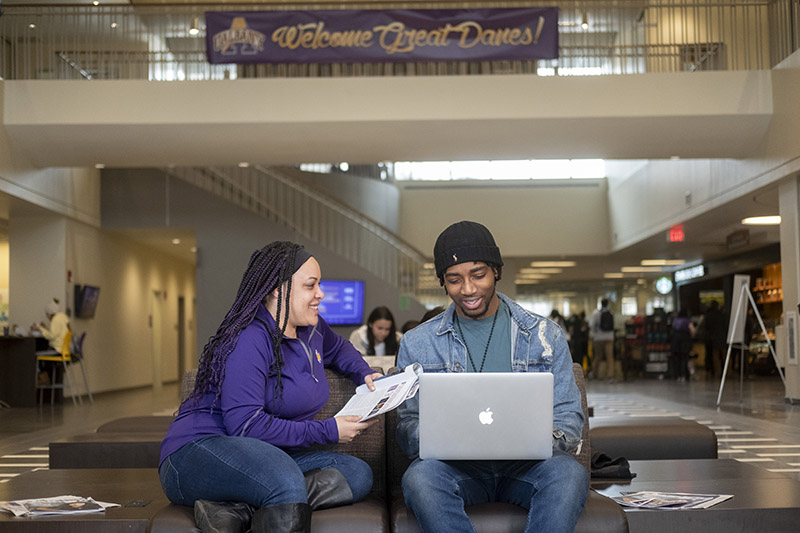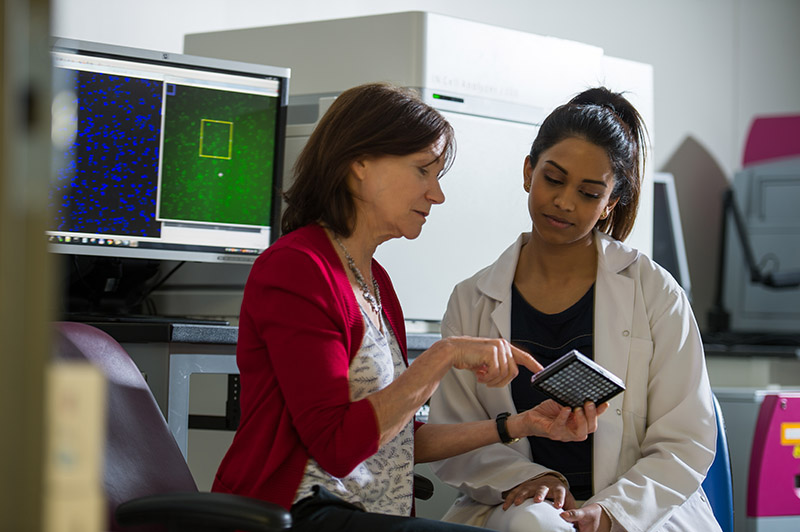The Initiative for Healthy Infrastructure (IHI) is a project of the UAlbany designed to help communities create physical environments that support healthy, active lifestyles.
"Healthy Infrastructure" is a new way of describing the connection between facilities for walking, bicycling and physical fitness as an integrated part of transportation, recreation and community quality of life.
The initiative includes teaching, research, policy development, public outreach and planning in a cross-disciplinary approach.
Specific efforts in the IHI program include developing county-level Healthy Infrastructure Plans, establishing a Resource Center to provide technical support, and hosting a biennial Healthy Infrastructure Conference.
Our mission is to facilitate statewide efforts that will create a physical environment which fosters healthy, active lifestyles. Our efforts include:
- Teaching
- Research
- Policy Environment
- Public Outreach
- Planning
The IHI team collaborates with health, community planning and transportation interests to apply health-oriented intervention models, such as diagnosis, prescriptions and diets in the development of public works programs that benefit active lifestyles.
IHI is supported by funding from the New York State Department of Health, in partnership with the SUNY Research Foundation and the UAlbany Department of Geography and Planning.
Catherine Lawson
Catherine is an associate professor in UAlbany's Department of Geography and Planning Department. Her research interests lie in data rich environments, urban information systems and transportation issues.
1400 Washington Avenue
Albany, NY 12222
United States





